How can we help?
-
Dictionary
- API
- Authentication Bypass
- Blind SQL injection
- Broken Access Control
- Broken Authentication
- Brute-Force Attack
- Caching
- Captcha
- Certificate Authority (CA)
- Clickjacking
- Client-Side
- Cross-Site Request Forgery (CSRF)
- Cross-Site Scripting (XSS)
- Dark Web
- Denial of Service (DoS)
- Distributed Denial of Service (DDoS)
- DNS
- DNS Amplification Attack
- Domain Administrator (DA)
- Encryption
- End of Life (EOL)
- Ethical Hacking
- Expired Certificate
- HTTP
- HTTPS
- Incident Response (IR)
- Injection
- Insufficient Logging & Monitoring
- Internal IP Address
- IoT
- IP Address
- Man in the Middle Attack (MiTM)
- Open Source Intelligence (OSINT)
- Patching
- Pentest
- Phishing
- Ransomware
- Red Team Test
- Security Misconfiguration
- Server-Side
- Session Expiration / Session Timeout
- Session Hijacking
- Session Token
- Smishing
- SMTP
- Spoof
- SQL Injection (SQLi)
- VPN
- Vulnerable and Outdated Components
- XML External Entities (XXE)
- Show remaining articles (35) Collapse articles
< All topics
Print
API
An Application Programming Interface (API) allows separate programs to communicate with each other. An API may be a set of functions developed and used internally within a company so that various web and mobile applications can access the same features, or an API may be provided by a vendor to its customers so that their developers can interface with the vendor systems in their code, for example, to view payment data or to edit values within the vendor tool.
Table of contents


